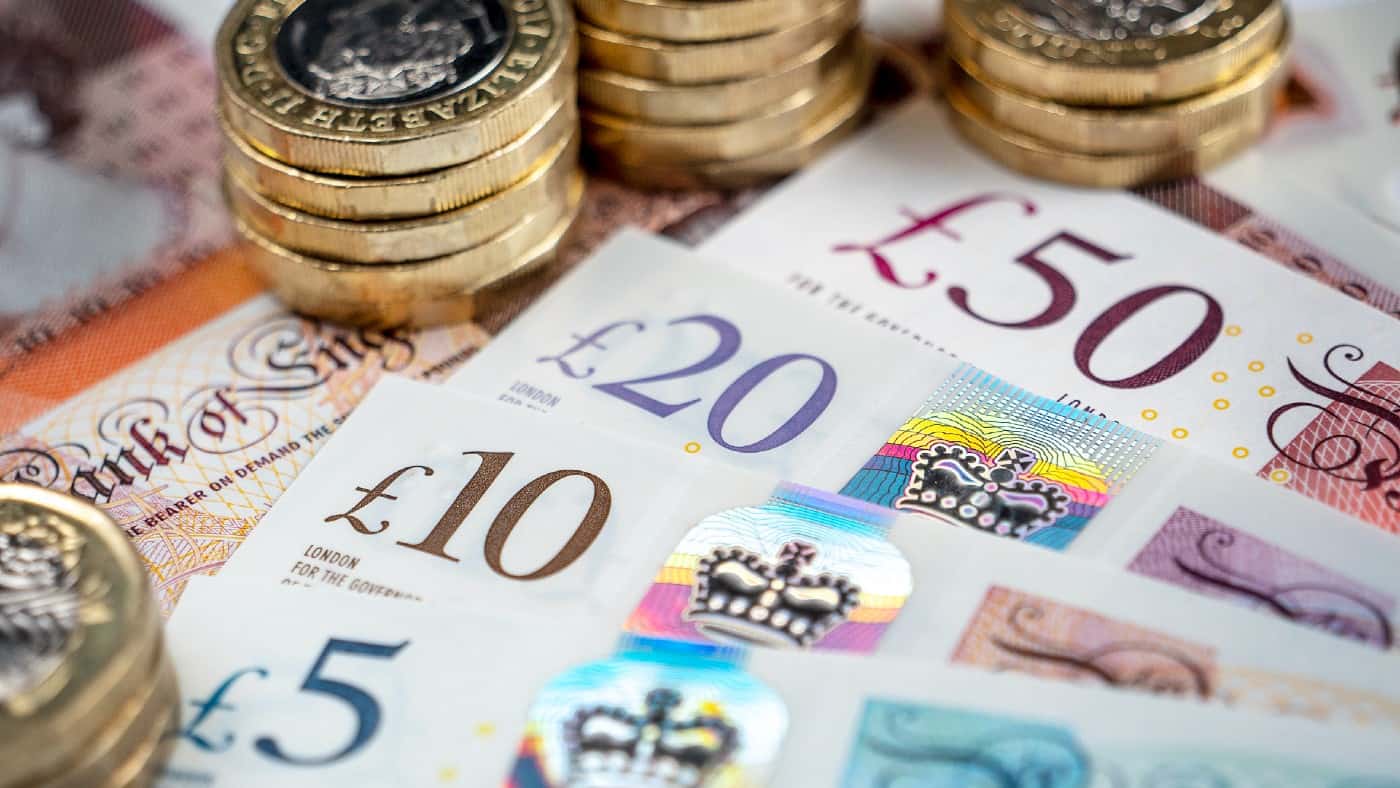I’m sure many of us have had the thought: “If only I had some extra income to make life a little bit easier or more enjoyable.“
Well, it’s certainly possible. It just requires time, effort, and plenty of commitment.
Time
Time is one of the most crucial factors when trying to harness the power of compound returns. The longer my investment continues in the market, the more time it has to benefit from compounding. This occurs as my investment generates returns. And those returns, in turn, generate more returns.
Over time, this compounding effect can significantly impact my investment’s growth and potential for even larger returns. As such, starting early and giving my investments time to compound can have a substantial impact my portfolio overall growth.
Billionaire investor Warren Buffett is the perfect illustration of this. Yes, he’s invested well, but as he says, he’s a beneficiary of good genes, being American… and compound returns. This is because a compound returns strategy leads to exponential growth and, at 92, his investments have had plenty of time to compound.
This is why many parents will start a fund for their children before they’re even born. Allowing £100 a month — the size of a child benefit in the UK — to compound over 20 years with a 10% annualised return would create a portfolio worth over £75,000.
Committed investment
However, what if we’re later in life and we’re looking to create a second income to supplement our pension or late-career income? Well, we may be looking at a shorter timespan, and therefore there’s less opportunity for time to do its thing. But it’s still possible to turning nothing into a sizeable income-generating portfolio.
Firstly, I’m going to want to use my Stocks and Shares ISA. That’s because the wrapper gives me the ability to earn tax-free dividends — capital gains are free of tax too. This is hugely beneficial when I’m targeting passive income.
Please note that tax treatment depends on the individual circumstances of each client and may be subject to change in future. The content in this article is provided for information purposes only. It is not intended to be, neither does it constitute, any form of tax advice. Readers are responsible for carrying out their own due diligence and for obtaining professional advice before making any investment decisions.
Monthly contributions are key when starting with nothing. Obviously, we need to build our portfolio, and there’s nothing better than disciplined and scheduled saving — ideally through automated saving. It also allows us to benefit from pound-cost-averaging.
How it works
If we’re working with a 15-year timeframe, we may need to contribute more, and continually increase that contribution. Here, I’ve assumed a monthly contribution of £400, while increasing the size of that contribution by 5% annually (keeping up with inflation or personal salary growth).
The other variable is annualised portfolio growth. Of course, this varies hugely depending on the quality of the stocks I chose — if I pick poorly, I could lose money. This is why it’s very important that I research my stocks well.
In this calculation below, I’m assumed a strong 10% annualised returns.
| Portfolio size | Extra income generation | |
| 5 years | £33,900.74 | £2,909.26 |
| 10 years | £99,044.06 | £9,000.01 |
| 15 years | £218,179.34 | £20,185.31 |








